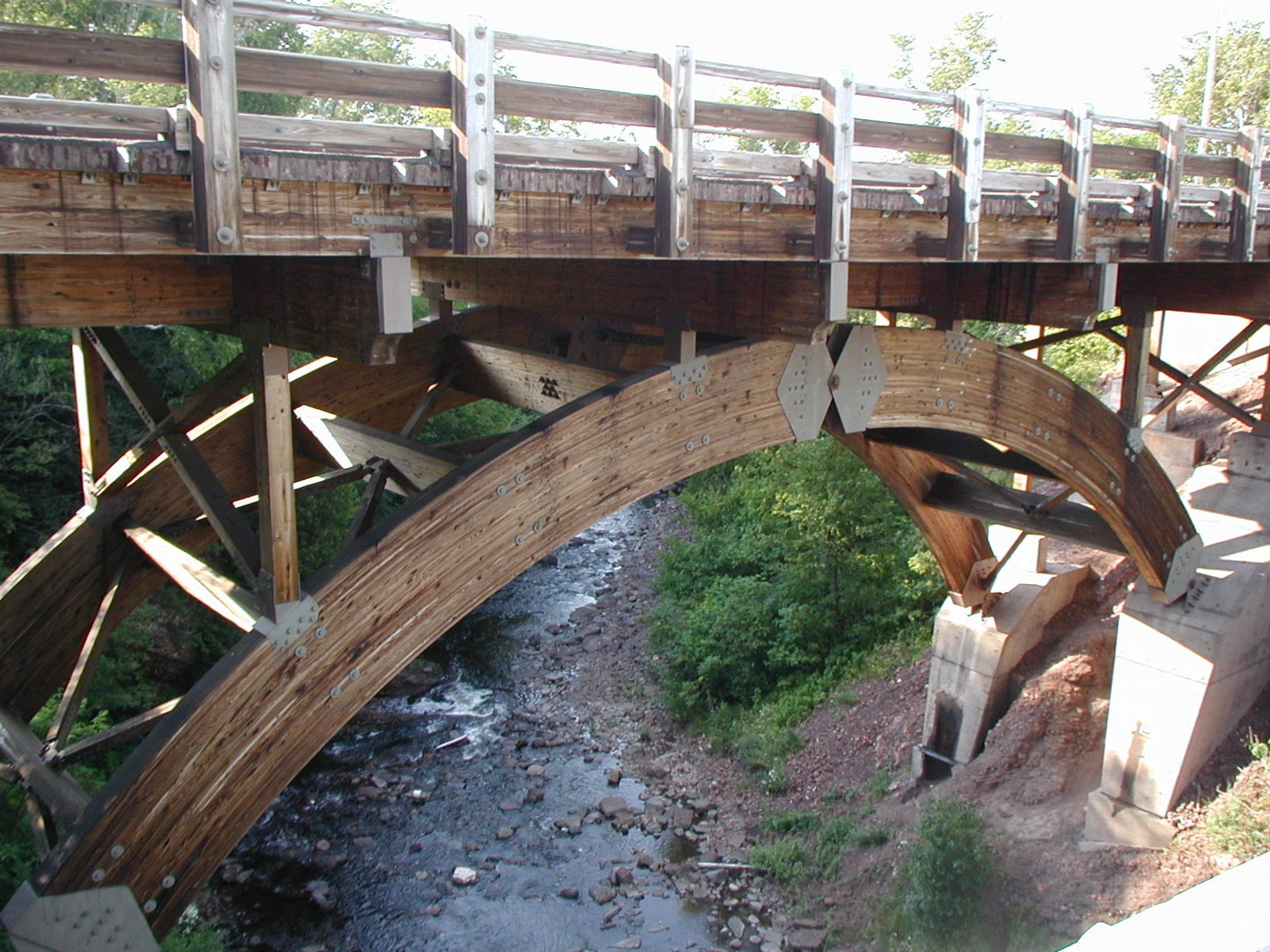Railroad Bridge inspections in national parks serve as integral components of park infrastructure, providing essential access, enhancing visitor experiences, and blending harmoniously with the natural surroundings. These bridges are designed to preserve the park’s environmental integrity while meeting transportation needs and ensuring safety. Here’s an overview of Railroad Bridge inspections in national parks and their significance:
1. Contextual Design:
- Integration with Natural Landscapes:
- Railroad Bridge inspection in national parks are designed to complement the surrounding environment, incorporating organic shapes, earthy tones, and sustainable materials to minimize visual impact and preserve scenic vistas.
- Sensitive Site Selection:
- Bridge locations are carefully chosen to minimize disruption to sensitive habitats, water bodies, and cultural sites within the park, prioritizing ecological conservation and wilderness preservation.
2. Visitor Access and Safety:
- Trail and Pathway Connectivity:
- Railroad Bridge inspections facilitate pedestrian and vehicular access to park trails, viewpoints, and recreational areas, enhancing visitor mobility and connectivity across diverse landscapes.
- Structural Integrity:
- Railroad Bridge inspection designs prioritize structural stability, load-bearing capacity, and safety to accommodate varying traffic loads, including pedestrians, cyclists, and maintenance vehicles, while ensuring user safety and comfort.
3. Environmental Sustainability:
- Sustainable Materials:
- Railroad Bridge inspections utilize locally sourced, renewable materials, such as sustainably harvested timber or engineered wood products (EWPs), to minimize carbon footprint and promote ecological stewardship.
- Natural Resource Conservation:
- Railroad Bridge inspection construction practices emphasize minimal environmental impact, employing erosion control measures, sedimentation prevention, and habitat restoration to protect water quality and wildlife habitats.
4. Heritage and Cultural Value:
- Historical Significance:
- Some Railroad Bridge inspections in national parks have historical significance, representing architectural traditions or engineering innovations that contribute to the park’s cultural heritage and narrative.
- Interpretive Signage:
- Interpretive signage and educational programs inform visitors about the historical, ecological, and engineering aspects of Railroad Bridge inspections, fostering appreciation for their role in park management and conservation.
5. Maintenance and Preservation:
- Routine Inspection and Maintenance:
- National park agencies implement regular inspection and maintenance programs to assess Railroad Bridge inspection conditions, address structural deficiencies, and ensure compliance with safety standards.
- Adaptive Management Strategies:
- Adaptive management approaches guide Railroad Bridge inspection preservation efforts, integrating data-driven decision-making, stakeholder engagement, and community involvement to sustainably manage park infrastructure.
6. Community Engagement:
- Public Outreach and Engagement:
- National park agencies collaborate with local communities, nonprofit organizations, and volunteers to promote awareness, stewardship, and support for Railroad Bridge inspection conservation and restoration initiatives.
Conclusion:
Railroad Bridge inspections in national parks exemplify a harmonious blend of engineering innovation, environmental sustainability, and cultural significance within protected natural landscapes. As iconic features of park infrastructure, Railroad Bridge inspections enhance visitor experiences, support ecological conservation, and embody principles of responsible design and heritage preservation. Through ongoing stewardship, collaborative partnerships, and adaptive management practices, national parks continue to safeguard and celebrate the legacy of Railroad Bridge inspections as integral components of America’s natural heritage and recreational treasures.



